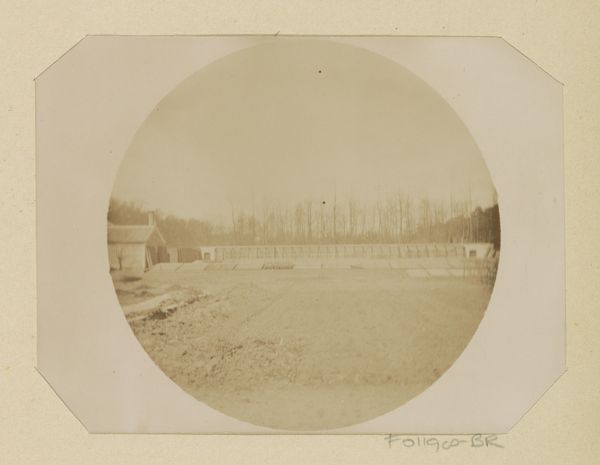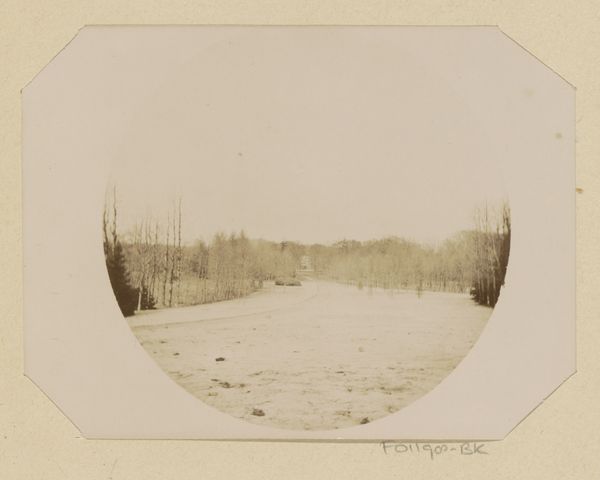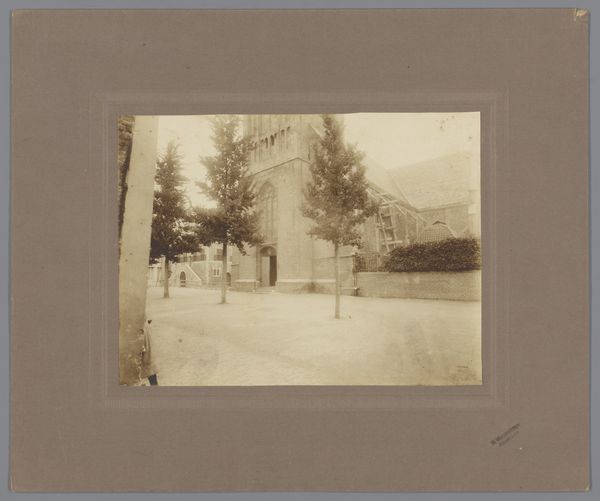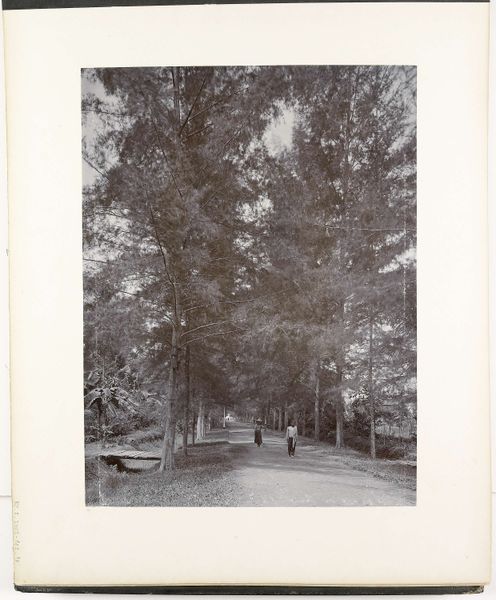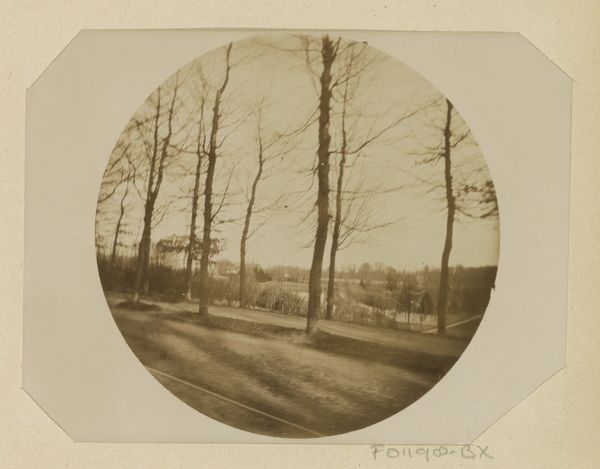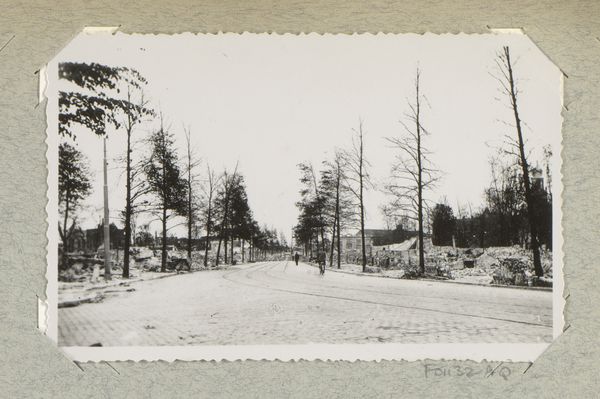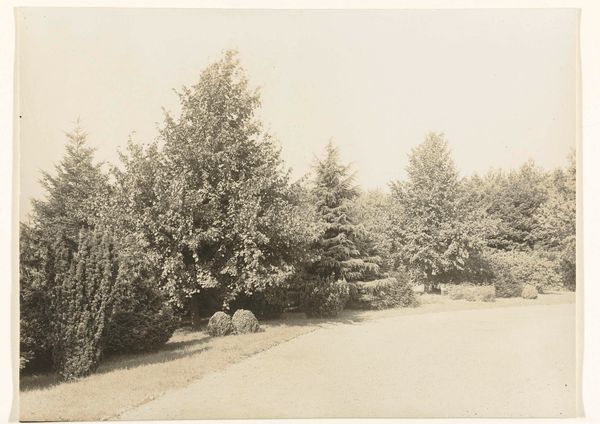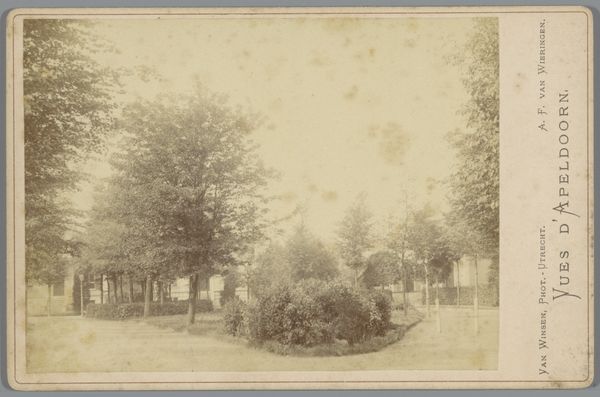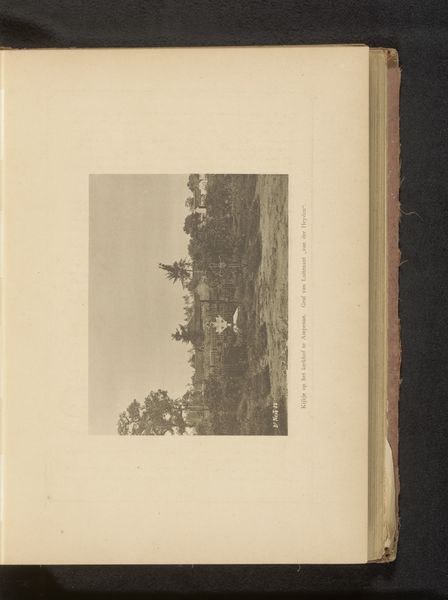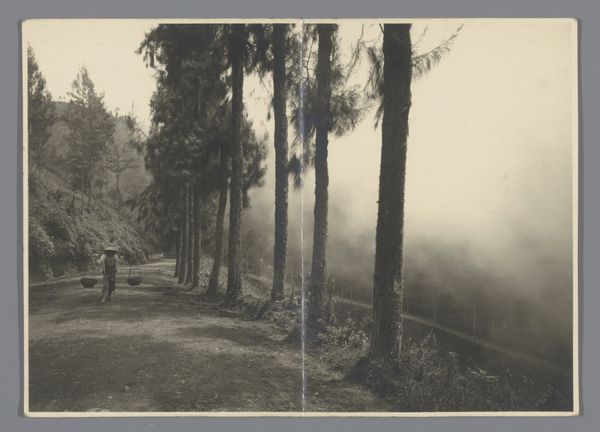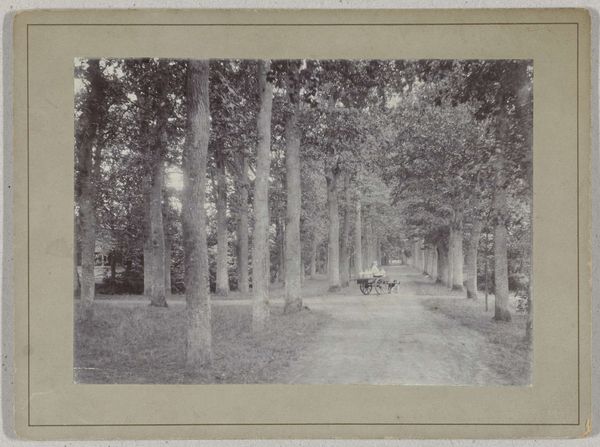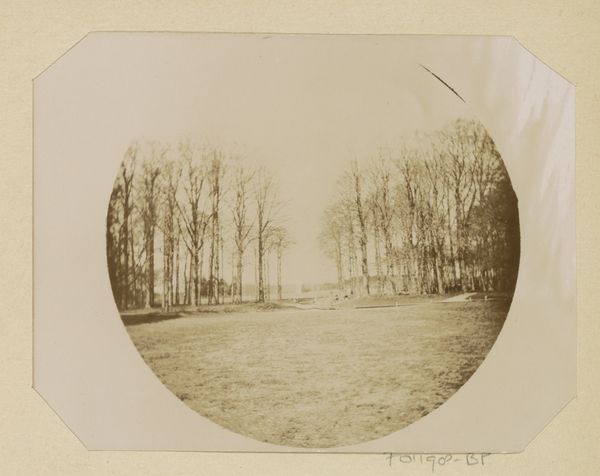
photography
#
still-life-photography
#
landscape
#
photography
#
realism
Dimensions: height 90 mm, width 119 mm
Copyright: Rijks Museum: Open Domain
Editor: We're looking at "Cimetière du Grand Jas in Cannes," a photograph taken sometime between 1889 and 1893 by Johanna Margaretha Piek. The sepia tones give it a ghostly, timeless feel. What stands out to you in terms of its historical context? Curator: Well, it's interesting to consider this photograph within the broader context of memorial culture at the fin de siècle. The late 19th century saw a rise in elaborate cemetery designs and mourning practices, especially among the bourgeoisie. What does this photograph tell us about the public role of grief during this period? Editor: It feels very formal and staged. The neat rows of crosses and the wide path suggest a space for public mourning, but one that's carefully controlled and perhaps even performative? Curator: Precisely. Consider how the act of photographing the cemetery itself participates in shaping that public memory. The camera doesn’t just record; it frames and edits, making choices about what is seen and how. Do you notice anything particular about the framing that might suggest something about that public role? Editor: The central path directs the eye, making it almost like a stage, and the light feels deliberately placed to show the monuments… Maybe it’s suggesting an ideal of mourning rather than reality? Curator: That’s a great observation. Photography, especially then, carried an aura of objective truth, but as we see here, that "truth" is always mediated. How might societal attitudes toward death and bereavement have shaped Piek’s decision to present the cemetery in this way? Editor: It's like she's presenting death as organized and even beautiful, which is maybe a reflection of how society wanted to think about it, a sanitized version of a painful reality. I hadn’t really considered photography as an active participant in shaping those views. Curator: Exactly! By understanding the historical context and the choices made in representing the scene, we can begin to unravel the complex ways in which art reflects and shapes culture.
Comments
No comments
Be the first to comment and join the conversation on the ultimate creative platform.
